Beschreibung
Einleitung
Oil pipeline pigs are mechanical devices used in the oil and gas industry to clean and maintain pipelines. These devices travel through pipelines, propelled by the flow of the product, to remove deposits, debris, and impurities. The primary purpose of pipeline pigs is to ensure efficient flow and safe operation of the pipeline. They help maintain the integrity of the pipeline, preventing blockages, and extending the lifespan of the infrastructure.
Pipeline pigs play a crucial role in the oil and gas industry for several reasons:
- Enhanced Operational Efficiency: By removing deposits and debris, pipeline pigs ensure that the flow of oil or gas is optimal, reducing energy consumption and operational costs.
- Safety and Compliance: Regular pigging operations help detect and prevent corrosion and leaks, minimizing the risk of hazardous incidents. This is essential for meeting safety regulations and protecting both workers and the environment.
- Cost Savings: Preventative maintenance through pigging reduces the need for costly repairs and replacements. This proactive approach extends the life of the pipeline and reduces downtime.
- Vielseitigkeit: Pipeline pigs can be used in various pipeline materials and configurations, making them adaptable to different operational needs.
- Umweltschutz: By maintaining the integrity of the pipeline, pigs help prevent spills and leaks that could harm the environment.
Parameter
| Name | Modell | Leistung | Technische Parameter |
| Hygroskopisches Schaumschaumschwein | Lcqz-rth | 1. It is formed by one-time foaming of polyether polyurethane material. | Starting pressure: 0.2-0.3 MPa |
| 2. Soft texture, and good elasticity. | Density: 35 kg/m³~150 kg/m³ | ||
| 3. It has strong water absorption performance. And the deformation amount can reach 70%. | Withstand pressure: 7 MPa | ||
| 4. Remarkable effect on dewatering, degreasing, and drying of pipelines. | Dehnungsrate: 320 % | ||
| Compression ratio: 60 | |||
| Flex-Leben: 50.000 Mal | |||
| Attrition rate: 4 mm/100 km | |||
| Operating distance: 50 km~150 km | |||
| Operating temperature: -30℃~100℃ |
Understanding Oil Pipeline Pigs
An oil pipeline pig is a specialized tool designed to perform various maintenance and inspection tasks inside pipelines. These devices are called “pigs” due to the squealing sound early models made when traveling through pipes. Modern pipeline pigs come in various shapes, sizes, and materials, tailored to specific pipeline conditions and purposes. They are typically made of foam, steel, or other durable materials and can be equipped with brushes, scrapers, and other components to enhance their functionality.
How Pipeline Pigs Work
Pipeline pigs are inserted into the pipeline at a designated launching station and propelled through the pipeline by the pressure of the flowing product, such as oil or gas. As the pig travels through the pipeline, it performs several critical functions:
- Cleaning: The pig’s brushes, scrapers, or other cleaning elements remove debris, scale, and deposits from the interior walls of the pipeline. This cleaning action helps maintain an unobstructed flow of the product.
- Inspektion: Some pigs, known as “smart pigs,” are equipped with sensors and data collection instruments. These pigs can inspect the pipeline for anomalies such as corrosion, cracks, or other structural weaknesses, providing valuable data for maintenance planning.
- Sealing and Separation: Certain pigs are designed to create a seal within the pipeline, allowing them to separate different products being transported or to push out any remaining product during pipeline decommissioning.
- Dehydration and Drying: Foam pigs, in particular, can be used to remove water and moisture from the pipeline, ensuring that the product remains uncontaminated and that the pipeline is dry, which is crucial for preventing corrosion.
The pig is retrieved at a receiving station at the end of its run, where it can be inspected, cleaned, and prepared for future use. This process is known as “pigging” and is a routine part of pipeline maintenance to ensure the longevity and safety of the infrastructure.
Types of Oil Pipeline Pigs
- Schaumschweine
- Foam pigs are lightweight and flexible, made from open-cell or closed-cell foam. They are often used for cleaning, drying, and removing water from pipelines. Their flexibility allows them to navigate complex geometries, including bends and varying diameters.
- Steel Mandrel Pigs
- Steel mandrel pigs have a robust steel body with replaceable components such as brushes, cups, and discs. This design allows for heavy-duty cleaning and scraping tasks, making them durable and customizable for different pipeline conditions.
- Brush Pigs
- Brush pigs are equipped with wire or plastic brushes that scrub the interior walls of the pipeline to remove rust, scale, and other debris. They can be tailored for different levels of abrasion and are particularly effective in metal pipelines.
Why Are They Called Pigs?
The term “pig” in the context of oil pipeline maintenance and cleaning has a curious and somewhat mysterious origin. Various theories and myths attempt to explain how these essential devices came to be known by such an unusual name. Here, we explore some of the most common explanations.
Common Theories and Myths
1. Early Design and Sound Theory
One of the most widely accepted theories is that the name “pig” originated from the early designs of these devices. The first pigs were made from straw wrapped in wire, and as they traveled through the pipeline, they made a squealing noise reminiscent of a pig. This theory suggests that the distinctive sound led to the adoption of the term “pig.”
2. Acronym Theory
Another popular theory is that “PIG” stands for “Pipeline Inspection Gauge” or “Pipeline Intervention Gadget.” These acronyms reflect the primary functions of pigs, which are to inspect and clean the inside of pipelines. Over time, the acronym became the most commonly used term.
3. Pigging Action Theory
Some believe that the term originated from the action of the pig itself. As the device moves through the pipeline, it scrapes and cleans the walls, much like how a pig roots around in the dirt. This vigorous cleaning action could have inspired the name.
4. Humorous Explanation
A more lighthearted explanation is that the term “pig” was chosen simply because it was a fun and memorable name. Given the often harsh and monotonous conditions of pipeline maintenance, a whimsical name like “pig” might have provided a bit of humor and levity to the work.

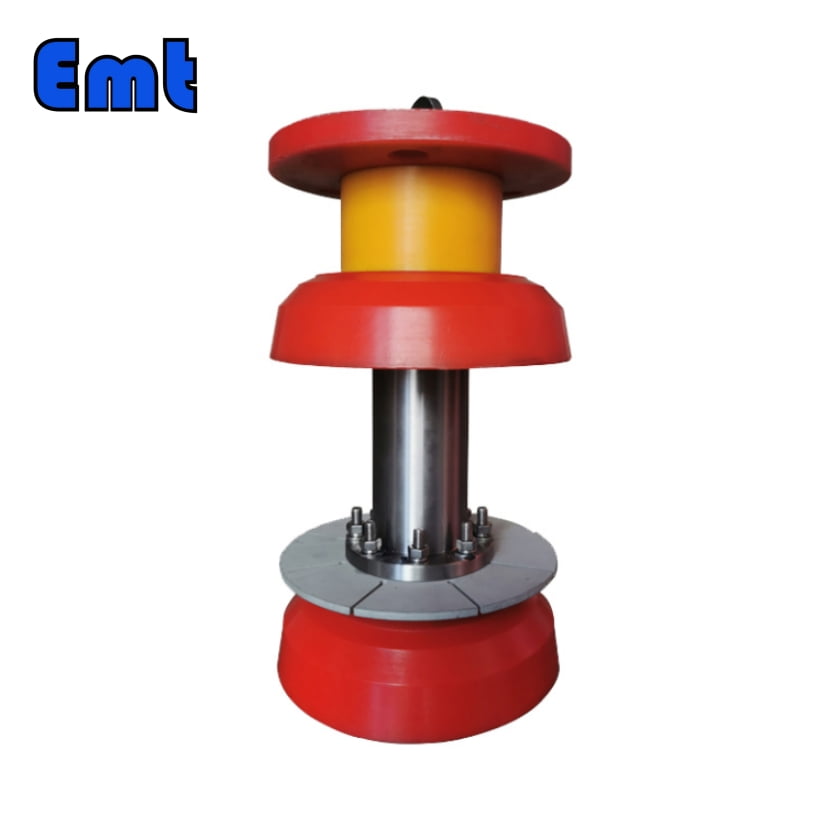

-300x300.jpg)
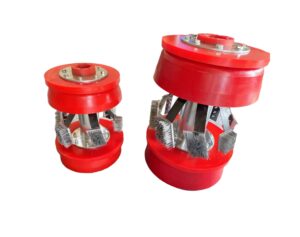
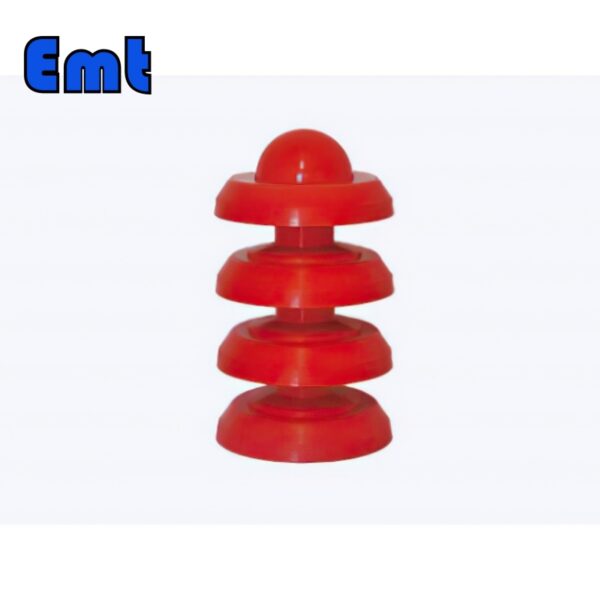
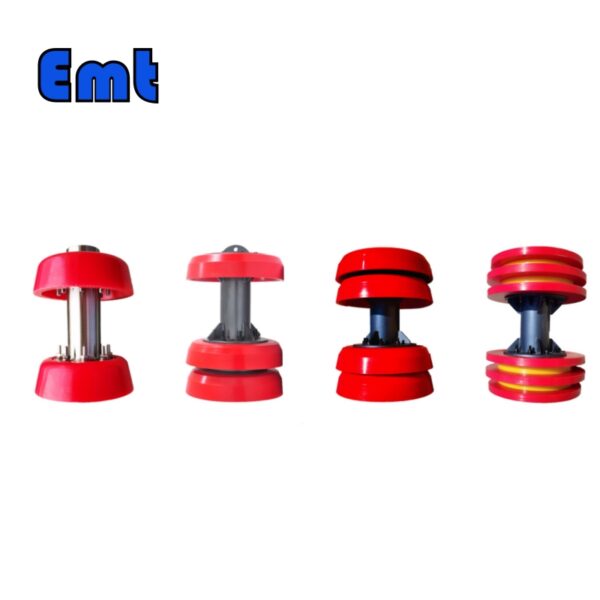
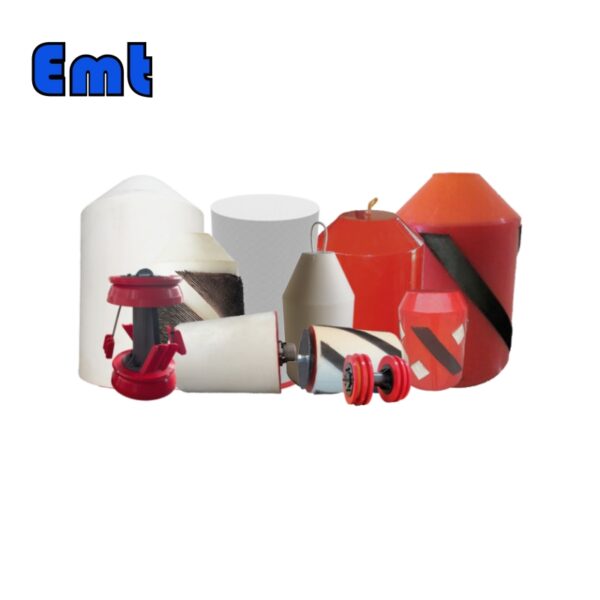
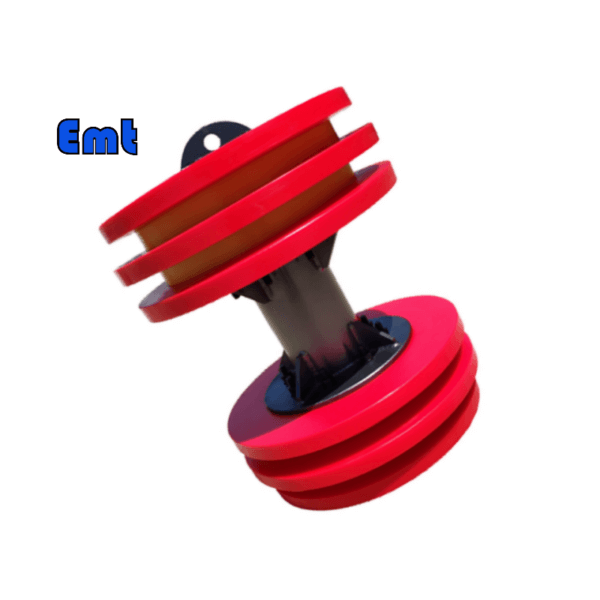
Rezensionen
Es gibt noch keine Bewertungen.